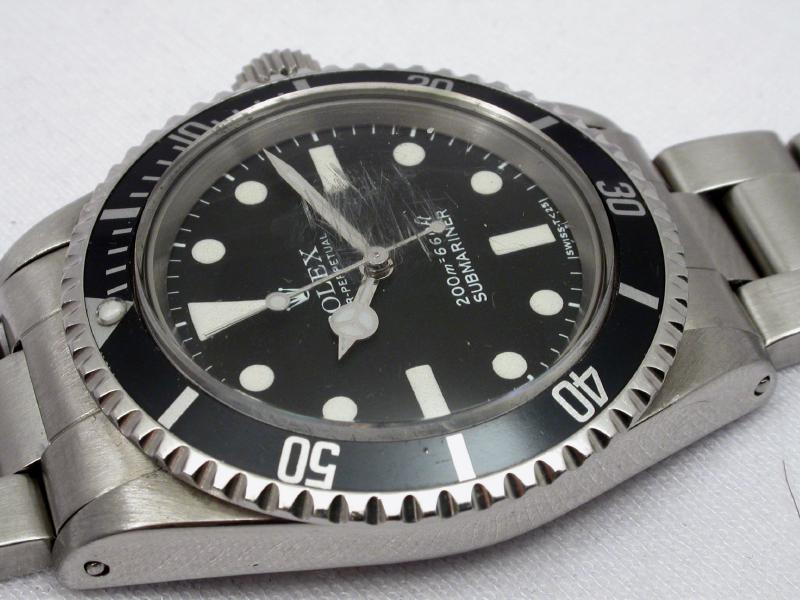Acrylic crystal or Plexiglas is a type of plastic that is used as a substitute for real glass on modern wrist watches. One example that everybody knows is the glass of a Swatch watch. The advantages: inexpensive, light weight, durable, shatter resistant. While it will not shatter, it does scratch easily – again, think of your old Swatch. It can lightly be buffed to remove simple surface scratches, but deep scratches cannot be removed. The upside to that, however, is the fact that your typical plastic crystal dome costs about $20 to replace.
Polymethyl methacrylate (PMMA), the full name of acrylic glass, is also known as plexiglass, as well as by the trade names Crylux, Plexiglas, Acrylite, Lucite, Perclax, and Perspex. The material was developed in 1928 in several different laboratories by many chemists, such as William Chalmers, Otto Röhm, and Walter Bauer, and was first brought to market in 1933 by German Röhm & Haas AG and its partner and former U.S. affiliate Rohm and Haas Company under the trademark Plexiglas.
As the image above shows, not all watches with acrylic crystal come at a low price; Rolex used acrylic in their watches, but slowly began introducing a synthetic sapphire replacement similar to the one in the image above. Rolex’s first sapphire crystal appeared on the Oyster Quartz in 1970 and then again in the Submariner in 1981.
FAQ
What is acrylic crystal?
Acrylic glass or Plexiglas is a type of plastic that is used as a substitute for real glass on modern wrist watches.
What are the pros of acrylic glass on your watch?
It’s light weight, inexpensive and won’t shatter.
What are the contras of acrylic crystal?
The biggest downside of acrylic crystal watch glass is that scratches pretty easy.
What kind of watches use acrylic crystal?
Plexiglas is most commonly used by cheaper brands and/or lower priced watch models.





